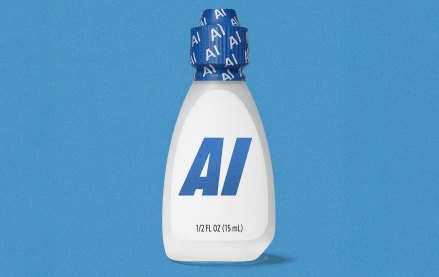
Tri Huynh is founder and head of business development for AdSorcery, which aims to circumvent ad blockers.
Recently, I sat down with a blogger whose website was singled out by ad blockers for daring to cross them. Speaking on the condition his name not be published because he feared further retribution, he said he was hit by the ad blockers with a “block everything” rule, making it impossible to load analytic tools or even ask ad-blocker users for donations.
The blogger’s crime? Trying to stop ad-blocker users from viewing his content.
With over 220 million users worldwide, ad blockers have become a force to be reckoned with. Turns out, acting as a gatekeeper is good business: AdBlock Plus — reportedly paid by Google, Microsoft and Amazon for official whitelists — recently held a Camp David-style meeting with publishers and advertisers to push its agenda.
In essence, ad blockers have claimed a powerful seat at the table. And they mean serious business when they see publishers circumventing the gatekeeper.
In October, when Germany’s Axel Springer banned readers who used ad blockers from its tabloid website, AdBlock Plus quickly offered workarounds for its affected users within 24 hours. Axel Springer had to ask the court to intervene and successfully had the workarounds removed.
The smaller publishers are less fortunate. Warning messages telling users to turn off ad blockers are themselves blocked. Plus, a new feature called “Warning Removal List” can block any anti ad-blocker messages deemed “annoying.”
Worse, ad blockers can subject repeated offenders to a higher level of pain. They have a “block everything” rule that makes donation buttons, visitor counters and analytic tools no longer work. The scary filter looks like this “http://$script,third-party” — meaning no third-party scripts can ever be loaded. There are also other filter rules to block loading images and requests to third-party services.
Publishers included in the “block everything” list will see their pageview numbers go down, which further affects their ad revenue. Publishers, held hostage, have no other choice but to follow ad blockers’ demands if they have any hope of getting off the list.
And ad blockers are not shy in punishing publishers, either. A quick look at ad blockers’ filter list reveals hundreds of websites are being blacklisted. Unfortunately, that leaves the publishers with only two options: giving up the content for free, with no ads, or putting everything behind a paywall — even for those who don’t use ad blocker.
The blogger we talked to knows better than most how much either punishment hurts. Granted, he was happy that he still has a full-time blog. But for now, he has to put the dream of turning the blog into a full-fledged e-magazine on hold. “I have to pay my contract writers with less,” he said. “Hopefully, it will get better soon.”
Ad blockers aren’t going anywhere. To reverse that trend, publishers need to focus on audiences’ experiences, privacy and choices instead of the “business as usual” approach. For publishers, it is an uphill battle — but still a winnable one. For now, though, there is a new boss in town.
Image courtesy of VanderWolf Images / Shutterstock.com
More in Marketing

‘Intentionally being cautious’: Why the ad industry isn’t ready to let AI agents spend ad dollars
For now, LLMs are being used as accelerants, not decision makers. They compress workflows. They do not spend the ad dollars

Walmart says ‘open partnerships’ are central to its AI strategy, while Amazon goes it alone
Walmart and Google have announced a partnership that brings the retailer’s shopping experience inside Google’s AI assistant, Gemini.

The case for and against influencer-led Super Bowl ads
Inside the Super Bowl ad debate: Celebrities offer mass appeal, but creators provide better engagement.





